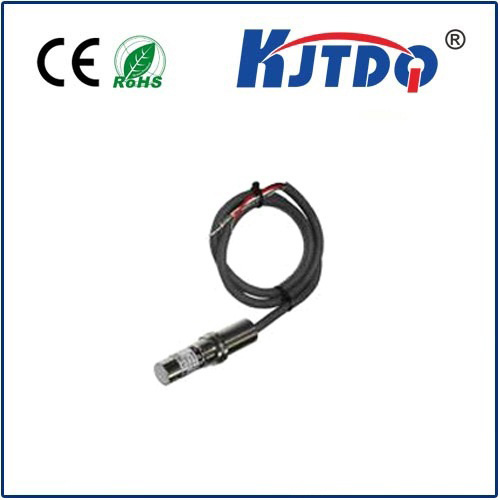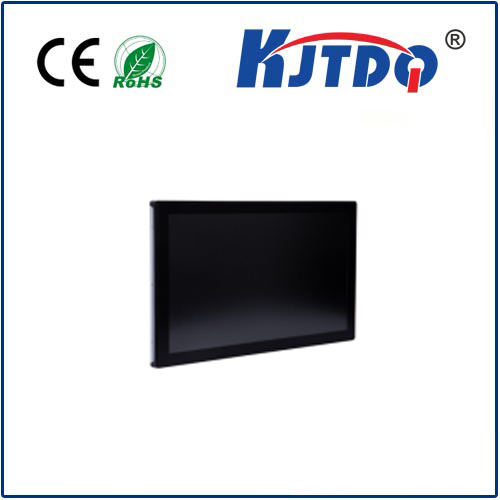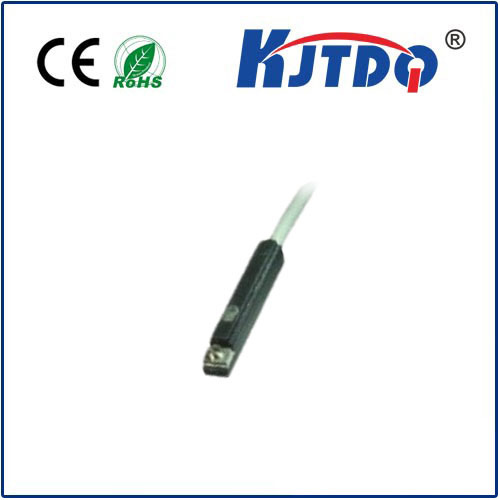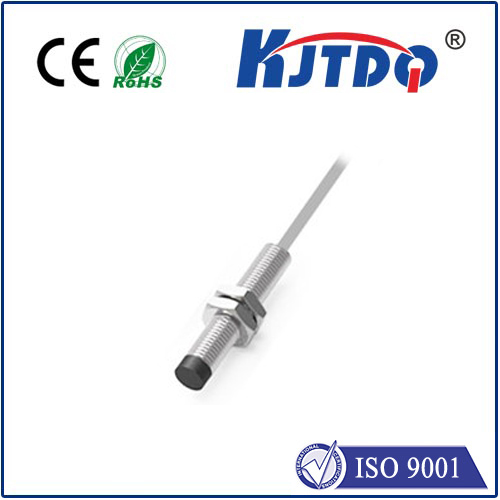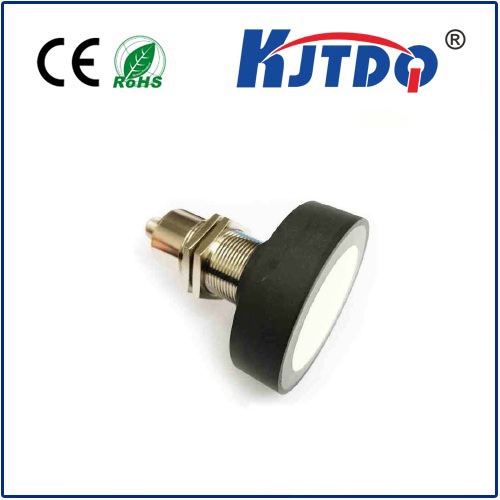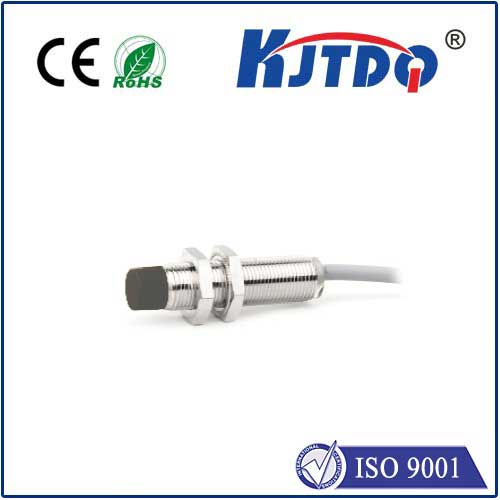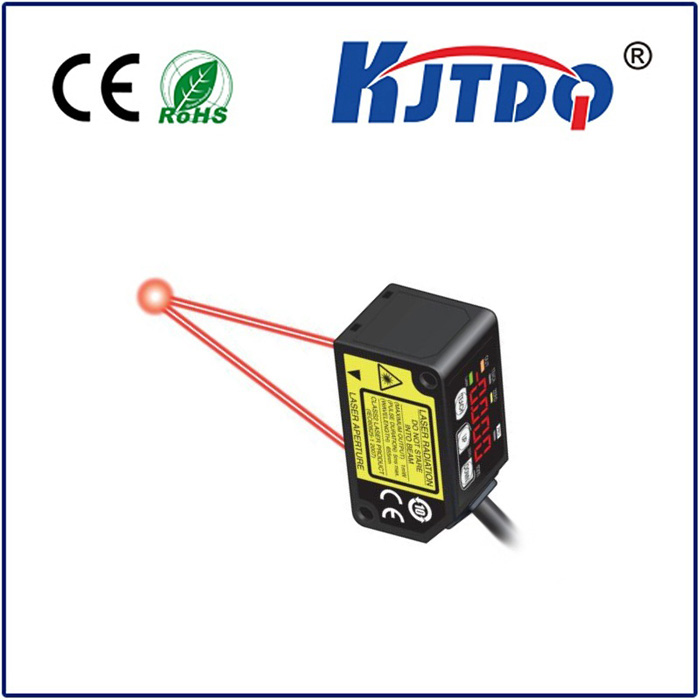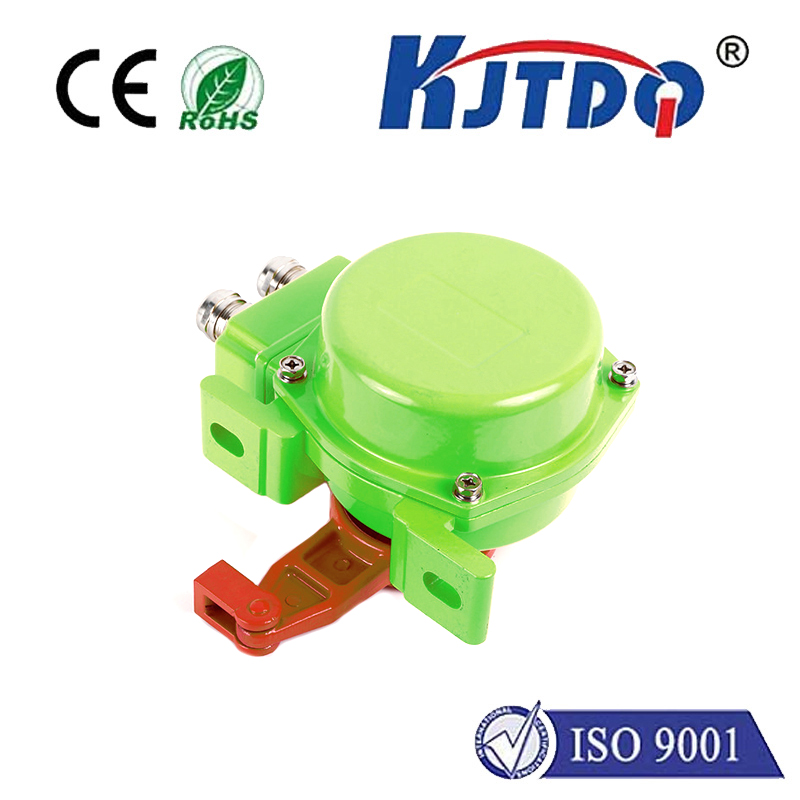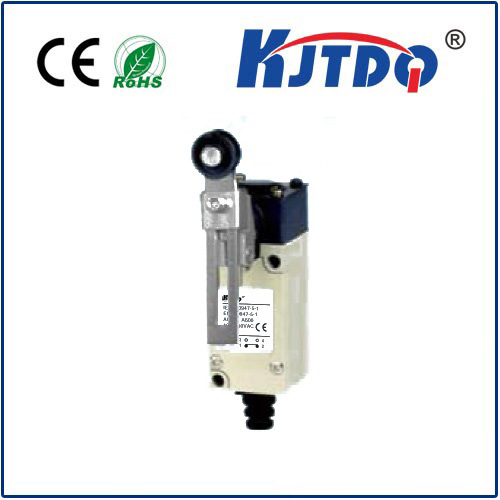E3FA-DP24-F2 small photoelectric sensor
- time:2025-09-27 05:19:58
- Click:0
Unlocking Efficiency: The Power of the E3FA-DP24-F2 Small Photoelectric Sensor
Imagine detecting a tiny component on a high-speed conveyor, monitoring liquid levels in a compact dispensing machine, or ensuring precise positioning in a densely packed robotics cell – all demanding solutions that fit into tight spaces with unwavering reliability. This is precisely where the E3FA-DP24-F2 small photoelectric sensor shines. This compact powerhouse from Omron embodies the perfect synergy of miniaturized design and robust industrial sensing performance, making it an indispensable tool for modern automation challenges where real estate is at a premium.
Understanding the Compact Marvel: Breaking Down the E3FA-DP24-F2
The model name itself offers valuable insights:
- E3FA: Denotes Omron’s E3FA series, renowned for its compact, rectangular-shaped photoelectric sensors designed for versatility and ease of use.
- DP: Specifies the operating principle – Diffuse-reflective. This means the sensor houses both the light emitter (typically an LED) and the receiver within a single unit. It detects objects by measuring the amount of reflected light bouncing back from the target itself. No separate reflector is needed, simplifying installation.
- 24: Indicates the standard operating voltage, 24VDC. This is the predominant voltage used in industrial control systems, ensuring broad compatibility with PLCs, controllers, and power supplies.
- F2: Refers to the specific housing design and connection type. The “F” series generally indicates a compact rectangular block shape. The “F2” variant typically features a pre-wired cable connection (often 2m long) rather than a connector (like M8 or M12 plugs found on other variants).
Why Small Size Matters: The Advantages of Compact Sensing
The defining characteristic of the E3FA-DP24-F2 is its exceptionally small size. This translates into significant benefits across countless applications:

- Installation Flexibility in Tight Spaces: Where larger sensors simply won’t fit – inside small machinery, on crowded control panels, alongside intricate mechanisms, or on miniature conveyors – the E3FA-DP24-F2 excels. Its compact footprint allows for mounting in locations previously deemed impossible. Think packaging machinery, small robotic arms, laboratory automation, or semiconductor handling.
- Minimal Intrusion: In applications where the sensor needs to be unobtrusive or avoid interfering with product flow or movement, its small profile is a major advantage. It reduces the risk of accidental collisions or disruption.
- High-Density Mounting: When multiple detection points are required in a confined area (like sorting gates or material handling paths), the ability to mount numerous E3FA-DP24-F2 sensors side-by-side or in close proximity is invaluable, maximizing sensing capability within limited space.
- Simplified Integration: The pre-wired cable (F2 connection) eliminates the need for sourcing and terminating separate connectors, speeding up installation and reducing potential points of failure. Just route the cable and connect it to your controller’s input.
Diffuse-Reflective Power: How the E3FA-DP24-F2 Detects
As a diffuse-reflective photoelectric sensor, the E3FA-DP24-F2 operates on a straightforward yet effective principle:
- The integrated LED emits a beam of light (commonly visible red or infrared).
- This light travels outward and strikes the target object within its sensing range.
- A portion of the light diffusely reflects off the target’s surface.
- The internal receiver detects the intensity of this reflected light.
- The sensor’s circuitry compares this intensity to a preset sensitivity threshold. If the reflected light exceeds the threshold (indicating the presence of the object), the sensor’s output switches state (e.g., turns ON or OFF).
Key Strengths of the Diffuse-Reflective Principle in this Sensor:
- Simplified Setup: Only one device needs mounting and wiring – the sensor itself. No alignment with a separate reflector is required.
- Detection of Non-Reflective Objects: While performance varies with color and surface finish (darker, matte surfaces reflect less light), modern diffuse sensors like the E3FA-DP24-F2 offer good sensitivity across a range of materials. Adjustable sensitivity potentiometers are often included to fine-tune detection for specific targets.
- Cost-Effectiveness: Requires only the single sensor unit.
Applications Where the E3FA-DP24-F2 Excels
The combination of ultra-compact size, diffuse-reflective operation, and 24VDC compatibility makes the E3FA-DP24-F2 incredibly versatile. Here are common scenarios where it proves exceptionally effective:
- Miniature Part Detection: Verifying presence or position of small electronic components, screws, vials, or capsules on assembly lines or feeders. Its small size allows detection close to the point of action.
- Liquid Level Sensing: Monitoring liquid levels in small tanks, reservoirs, or bottles within filling machines or medical devices. Detecting the liquid surface through transparent or translucent containers.
- Position Verification: Confirming the position of slides, clamps, or small actuators within compact machinery.
- Conveyor Object Counting/Detection: Detecting small boxes, packages, or products on narrow or miniature conveyor belts.
- Robotic End-Effector Sensing: Mounting directly on or near a robot’s gripper to detect if a part is successfully picked.
- Paper Jam Detection: Sensing paper or media presence in printers, copiers, or mail handling equipment.
- Door/Guard Monitoring: Verifying if small access panels, doors, or safety guards are closed properly.
Installation Tips for Optimal Performance
To maximize reliability with your E3FA-DP24-F2 small photoelectric sensor:
- Mind the Sensing Distance: Diffuse-reflective sensors have shorter maximum ranges compared to thru-beam or retro-reflective types. Always consult the datasheet for the specific sensing range of the E3FA-DP24-F2 and ensure your target falls within this range reliably. Background objects beyond the target can sometimes cause false triggers if they reflect strongly.
- Consider Target Properties: Object color, surface finish (glossy vs. matte), and material significantly impact reflectivity. Dark, matte, or absorbent targets require closer proximity or careful sensitivity adjustment. Test with actual production samples.
- Avoid Overly Reflective Backgrounds: Position the sensor so background surfaces (like shiny metal) behind the target don’t reflect enough light to exceed the threshold when the target isn’t present.
- Leverage the Sensitivity Adjustment: Use the built-in potentiometer (if available on the specific E3FA model) to fine-tune detection, optimizing it for your specific target and minimizing false triggers from ambient light variations or background reflections. Adjust while observing the actual application.
- Secure Wiring: While the pre-wired cable is convenient, ensure it is properly routed, strain-relieved, and protected from abrasion or pinch points.
Engineered for Compact Reliability
The E3FA-DP24-F2 small photoelectric sensor is more than just a miniaturized component; it’s a robust industrial sensing solution engineered to deliver reliable detection under demanding conditions. It typically features:
- IP67 Rating: Protection against dust ingress and temporary water immersion, crucial for harsh industrial environments or washdown areas (commonly found in food & beverage, pharma).
- Robust Housing: Built to withstand vibration, minor impacts, and typical factory-floor conditions.
- Stable Performance: Designed for consistent operation even with variations in ambient light or temperature within specified limits.
- LED Indicators: Visual status LEDs (Power and Operation/Stability) for easy setup confirmation and troubleshooting at the sensor.
When space constraints challenge traditional sensing solutions, the E3FA-DP24-F2 small photoelectric sensor offers a compelling answer. Its ability to deliver dependable diffuse-reflective detection within an incredibly compact form factor, powered by standard **






